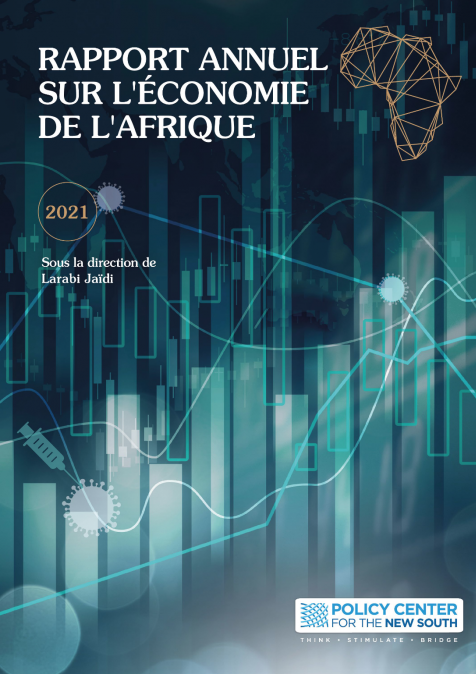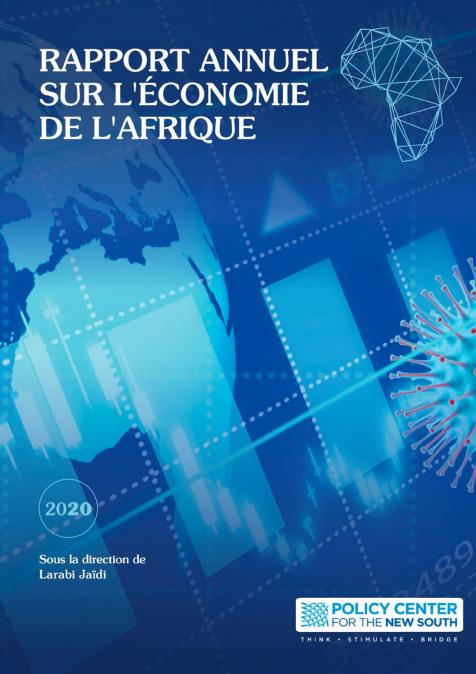Publications /
Opinion
After many decades of expansion, incomes and standards of living have never been better in many parts of the world. Yet, global trade and the prospects of growth still seem uncertain, and protectionism seems to be on the rise. In developed countries, there is anxiety over the loss of the manufacturing jobs that once absorbed a large share of the labor force and created a middle class that formed the core of democracy. Most middle-income countries have not yet been able to make the transition to the high-income group despite the decades of growth. Progress among low-income countries, particularly the sub-Saharan African countries, in achieving productivity growth and structural change—key features of economic development—has not been encouraging, and reverse structural transformation or deindustrialization has occurred in some countries.
Jobs, Industrialization, and Globalization examines the structural problems pertinent to each group of countries and explores solutions. The book’s structural analysis reveals key issues in low-income countries. First, given the wide variations in productivity across sectors, the improvement in overall productivity would be greater through the intersectoral allocation of resources than through an intrasectoral allocation, such as more investment in particular sectors. Thus, it will pay to move resources from low- to high-productivity sectors. Second, for this to occur, more jobs must be created in the higher-productivity sectors so that idle or laid-off workers can also move there. Third, a shift to sectors in which productivity is rising, such as finance or high-value services, may not be an optimal strategy. This is so because there will be more surplus workers as the search for more efficiency shrinks the labor force in these sectors, unless these sectors are expanding at a more rapid rate than the rate of productivity growth within the sectors. The best structural transformation would therefore be one in which activities are moved from areas of low productivity to areas of higher, but constant productivity such as manufacturing. Fourth, job creation is thus the core of the strategy to boost growth and achieve structural transformation.
The book highlights a tremendous opportunity for low-income countries to shift resources from low- to higher-productivity sectors. The growth potential of such a structural transformation is greater in sub-Saharan Africa than elsewhere. Two features of African countries strengthens the above policy conclusions. First, the population dynamics in these countries—expanding youth populations with rising aspirations—puts increasing pressure on authorities to create jobs. Second, many countries in this group are resource based and already face problems because of unemployment. So, the job creation issue is at the forefront of the policy agenda.
In low-income countries, light manufacturing—with its low capital requirements, limited scale economies, readily available technology, and sales possibilities in domestic and international markets—retains potential as a springboard and the best hope to expand output, employment, productivity, and exports. To cope with the numerous roadblocks to the development of this sector, the book proposes a targeted, stepwise approach whereby the binding constraints in light manufacturing sectors are identified and reduced or eliminated.
The world economy has become more integrated. Production is no longer carried out in one country. It is fragmented. In the search for the lowest costs, the production of the various components is zigzagged across factories located in different countries. This task-based production or global value chain is a direct result of globalization and has fundamental implications for the transition of middle-income countries to high-income status. Economic growth and structural transformation in this context require the expansion of domestic industries by moving into higher–value added tasks within the same industry or in other industries. The maximization of output, the objective of firms, is different from the objective of countries, the maximization of value added. This upgrading process is more difficult for developing countries to achieve under the vertically specialized industrialization regime: the process is not a national policy at government discretion, but is guided by lead firms that are often located in developed countries. There is a potential conflict between national policies and lead firm policies.
The time it takes a country to pass through the middle-income stage has always been long. Countries currently in this middle-income trap appear to belong to one of two types. First are the old-timers, such as Argentina and Brazil that have been lingering at middle-income status for a long time. Second are the newcomers, such as Malaysia and Thailand, in which growth in gross domestic product per capita, led by the vertically specialized industrialization strategy, has slowed after a long period of catching up with the upper-middle-income countries.
Middle-income countries in which domestic production and the structure of exports are dominated by raw materials and commodities rather than manufactures (such as Argentina and Brazil) tend to miss out on the quickest path to industrialization. Given the relatively high wages in these countries (the old-timers), a sensible policy for them might therefore involve focusing on research and development and the technical capabilities of high-technology industries associated with natural resources. Another possible area of focus would be the creation of jobs in services with high value added or with the potential to raise value added, such as banking, finance, insurance, health care, and, especially, services with a potential for exports. In middle income countries with vertically specialized industrialization such as Malaysia and Thailand, governments should play a much more active role in education and training, but also in finding ways to integrate domestic producers with foreign-owned enterprises and the international market. Indirect exporters should be treated the same as direct exporters, and policies should be designed to promote the variety and quality of intermediate goods, which are usually more capital intensive and require more skills than final goods. Governments should act as a catalyst to help the growth of enterprises at different stages in the life cycle and to link up enterprises with research and development in institutions of higher education.
After World War II, manufacturing jobs provided high incomes and good employment benefits in the United States, allowing workers to form a solid middle class with substantial purchasing power. The losses in manufacturing jobs in the United States have therefore been severe, and the impact seriously underestimated. They have been caused by two factors: foreign competition and automation and other technological changes. The former has become more pronounced since China joined the World Trade Organization in December 2001 and as globalization has deepened over the years. In the United States, globalization has generated unintended adverse effects. First, the cost of adjustment is high and tends to be borne relatively more by disadvantaged groups. Second, increases in production efficiency have been associated with widening inequality mainly because the gains have accrued to the owners of capital and highly skilled entrepreneurs, while the least well educated groups in society must suffer through the losses. Third, labor mobility has been weak, meaning that certain geographical areas have experienced high unemployment and rising social discontent. Some of the losses have occurred among low-paying, low-productivity jobs that the average American worker is no longer interested in pursuing. Jobs in cobbling and sewing are therefore unlikely to return to the United States. However, some jobs in high-end manufacturing and services could return, though the number will be small.
Even if the United States closes its borders, job losses there will continue to rise because of technological advances, especially automation and the use of robots. Moreover, the future of U.S. manufacturing is heavily influenced by new technologies. The reconstitution of a middle class as it was in the United States between the end of World War II and 2000 may never be realized because the dividing line between the few skills at the top and the skills of the rest of the population is too wide. The hollowing out—the shrinking of the middle class—will therefore continue unless policies are designed and implemented to stop these trends. It is possible that a part of the middle class will have to be subsidized by society to maintain democracy. Otherwise, all financial resources, power, and skills will only accumulate among a small group of people. The role of the government would then become much more important, and, while such a society may be considered just by the vast majority, it may not be so from the viewpoint of those who have invested skills and innovation to be at the top. From a policy perspective, it is thus important to maintain a flexible education policy, to continue to provide learning in science and mathematics to children at an early age, and perhaps to establish and pilot a political and economic scheme to finance the reconstitution of the middle class. The narrowing of income inequality through a universal income scheme or an earned income credit seems inevitable. Together with the emergence of a sharing economy, this may result in a reconfigured society in which democracy may be maintained.










